Jane Austen chose self-publishing for her first novel — Sense & Sensibility — before traditional publishers realized her worth and started accepting her manuscripts. Two years later, Pride & Prejudice was published. 16 years after it had been completed and submitted.
If traditional publishers had the foresight to reject works of writers like Jane Austen and JK Rowling, I know where I stand.
Though in my case, if I am completely honest, the choice between being a traditional or self-published author boiled down to just being lazy.
Can’t believe someone can be lazy about one’s career and future?
Read on and you will meet one such person.
Table of Contents
A Childhood dream rears its head – my story
Traditional Publishing vs Self-publishing
Amazon KDP – the most popular platform
Debut book on Amazon
What I learnt from my first self-publishing experiment
Experiment with vanity publishing
4 pillars of self-publishing on Amazon
Keep calm on the big day
A childhood dream that reared its head
I have been reading fiction and wanting to publish my own book since my school days. But then life caught up and the first time I thought about publishing a book, after reaching adulthood, was in 2012 when I quit my teaching job after my second daughter was born. I very grandly started writing a memoir of the past 20 years of life — starting with my class 10th board examination results and continuing till the current date. I still have a folder on my hard disk dedicated to the memoir, complete with an outline and a couple of chapters written.
But soon after I started, the need to earn began nagging at me. Not that I needed to contribute to the household income but I did need financial independence for my own sake.
I began freelancing full time
I launched full time into freelance writing and worked with some really big names like NIIT (my ex-employer), Oxford University Press, Tutorials Point, etc. In the initial couple of years, I was happy developing K-12 content. I also diversified into writing blogs and articles on technology topics because I love explaining and discussing how technology affects our daily existence.
But the itch to get published remained
If you get the feeling that I pushed fiction writing to the back burner during this period, you could not be more wrong. My love for writing fiction kept rearing its head again and again and I took many courses, both free and paid, to understand how fiction should be written. I participated in many contests and kept adding to my own collection of short stories. I also kept noting down ideas for longer forms like novellas or full-length novels.
And then came the bug to get them published; put them out in the public domain where people could read and provide their feedback.
We all have this craving to hear good things about ourselves and our writing.
And it’s not vanity; it’s soul food for writers, or for any creative person.
And then again, why should we assume the worst about our work and hold back from putting them out there, fearing the worst?
Traditional publishing vs Self-publishing — the age-old debate
I allocated 30 minutes every day from my client work to research about publishing a short story collection. As you can guess, my research led me to two options – traditional publishing and self-publishing. There were heated debates for and against, and I dived deeper into both sides of the argument with equal passion.
When I did a SWOT analysis to choose between the two, I realized I did not have the patience required for traditional publishing. Also, my experience with textbook publishing had given me a fair idea about how the publishing industry worked on the whole. But I did try reaching out to some traditional publishers like Rupa, which had instructions on their website for direct manuscript submission.
Move to non-fiction
It was during this time that I realized publishing houses were more open to submissions of non-fiction manuscripts than fiction. The demand for non-fiction had gone through the roof very recently in India and it made business sense to take advantage. Also, it is much more difficult to craft a good fiction story that has the potential to become a bestseller. In case of non-fiction, it is much easier, as this article establishes.
I was already writing articles and blogs for my clients, so I decided to try my hand at non-fiction and till date I have already published two non-fiction books.
Seeing that traditional publishing was so difficult, and most of the publishing houses required you to contact them via literary agents, I found myself attracted towards self-publishing.
Amazon KDP — the most popular platform
The self-publishing platform that I repeatedly came across was Amazon KDP, because it is the most popular online publishing platform with widest reach. As a writer based in India, my choices were limited in many ways. The most trivial one turned out to be the exchange rate. What looked cheap in dollars amounted to thousands in rupees!! Working on a shoe string budget, I had to take expenses into account at every step.
We often baulk at talking about money, thinking that creatives should not bother about money. But nothing could be further from reality, because even the writers, designers, painters and sculptors need to pay bills. When they need to earn, why shouldn’t they think of earning well. Unfortunately, even in 2020, artists are expected to measure their success by how many fan mails they get, not by the moolah they earn. That’s a topic on which I can go on till eternity, so I will stop myself.
I was talking about having limited self-publishing options as an Indian author. I was not sure if what I write will resonate with a global audience. For a book to resonate, not only the topic but also its treatment, setting and language needs to appeal to a global audience.
I asked myself these questions:
Do I want to become a bestselling author? Yes.
Do I want to become an instant success (if there is such thing as that!!) with my first book? Want, yes; look forward to, no.
Do I have the stomach for long drawn process of traditional publishing, spanning months and years? Definitely no.
Would I rather put my writing in the hands of readers ASAP? Yes.
Do I have it in me to learn the ropes of self-publishing? Oh yes.
If you are also in a dilemma, go ahead and ask yourself these questions and answer them honestly. One answer will lead to many more questions, enabling you to dig deeper into what you want for yourself. What will work for you and why.
In the end, the control one has over one’s own work in self-publishing was the final deciding factor for me.
I have experienced the ruthless work of many editors and digital marketing experts; retaining my writings in the form I want it to be, is a big deal for me.
Summing up, these were the reasons I chose self-publishing over traditional publishing:
- It is difficult to get traditional publishers to read your manuscript or proposal; the timelines are months and years, not days or weeks.
- Even when accepted, it is a long-drawn process and no guarantee that your book will eventually see the light of the day.
- Self-publishing allows you to put it out for your readers quickly.
- Publishing houses look at an author’s reach before signing them up; self-publishing can help you build that platform.
Debut book on Amazon
In 2019 I decided to self-publish and test the waters with Amazon. I had the non-fiction manuscript of How To Live Happily Ever After almost ready but it was a project very close to my heart and I wanted it to be perfect before publishing. I did not want it to become the scapegoat, though it did end up becoming one later on.
I am a very hands-on person and believe in “doing” to understand things better. I decided to publish something really small to understand the whole self-publishing process on Amazon platform. Thus was born Flashes from Life, a collection of short stories, which I published in October 2019. If you would like to take a look at the book later here is the link (a shameless plug, I know, but couldn’t help it!).
What I learnt from my first self-publishing experiment
Bear with the questions that follow, because they are bound to come up in your own journey of self-publishing.
And the smart ones learn from others’ mistakes and dilemmas.
Publishing is fine, but what about marketing?
I understood the process of publishing through that book but also realized that I had no skill or patience with marketing and I needed someone who could market the book on my behalf.
The little feedback I got was from extended family and friends, and they were very encouraging. People who had not talked or messaged me in years talked and wrote about the stories with passion. And the best part was that different stories resonated with different people.
I knew the book had potential, but I didn’t know how to leverage that potential. I realized I needed an expert.
And print books?
Also, I saw a demand for print books and myself felt the need to hold the printed book in my own hands. Amazon India does not have the option of print on demand currently.
The itch to hold and smell hard copies was so strong that I ordered author copies in the US, got them delivered to my brother’s office there, a colleague brought it to India, and my brother then shipped it to me from Hyderabad. All for those 25 copies I wanted to have. It cost a lot of money but the satisfaction was worth much more.
It also made me determined to make the print copy of my next book available. And so, I started looking for publishers who could help me with marketing as well as making print copies available.
And I choose to go with a vanity publisher. But I am not satisfied.
I started exploring many vanity publishers and finally settled on one. You can find the one I settled on when you visit the book link for How to Live Happily ever After. Yes, this was the manuscript that ended up being published through a vanity publisher.
I am not putting the name of the publisher here because I am not satisfied with their marketing effort even if it was the pandemic time. The marketing that they had promised was anyways digital, which could easily have continued during the pandemic even if their offices closed for the initial one and half months. Also, it might have been me who was not able to extract the maximum out of them; maybe you can and hence I do not want to prejudice you against any of the companies.
When you visit their website, it is full of satisfied customers who have sold thousands of copies. Maybe I am not good enough? But then that is a line of argument I refuse to except. Because anyone who has read my stories or even non-fiction says that I wrote it well and they resonated with it. Even one such feedback is sufficient for me and if there have been multiple, it simply tells me I write well.
Sounds like boasting?
Maybe it is, but it is good for my writing.
Finally, I am fully converted to self-publishing via KDP
Cutting the long story of looking for a vanity publisher short, the third book I released on 2nd of October 2020 – 24 Hours are Enough – was a self-published book where I also decided to take marketing on the launch day in my own hands. For this I started preparing three to four months in advance because I had to read books and take courses to understand it well.
Going further I will tell you in detail how I did it and maybe you could also benefit. Even though I am a writer and I know more about the craft of writing, I will be devoting much less on how I wrote the book and more on how I tried to market it. Because I know that it’s the marketing you are struggling with. Or worse, the very thought of marketing is making you postpone even writing the book that is inside you.
That the book reached top 100 in one of the categories by the end of the launch day speaks volumes about my first attempt at marketing my book.
If I can do this, even you can. In fact better.
What I have learnt from that experience is I need to repeat it day after day if I really want to earn from my books.
Do you have it in you?
If yes, you are bound to be successful.
As for me, being the ever-lazy marketer, I decided to let it go. I found researching and outlining for my next book more exciting than continuing to market the current one. Before you roll your eyes at me let’s dive into how I self-published my last book – 24 hours are enough.
4 pillars of self-publishing on Amazon
Publishing a book can be divided into these tasks:
- Writing the book
- Uploading on Amazon
- Marketing on the day of launch
- Continued marketing effort
Writing the book
Before you start the process of book writing you must have internal deadlines for the first draft and the final manuscript. Let me assure you that writing is the easiest part of self-publishing. Marketing is the thing that will need your maximum effort and hence you want writing to be streamlined and not delayed. An internal deadline would help you to be on track and not jeopardize the marketing schedule. Even if you miss out on the internal deadline, you will have buffer days to make up.
I wrote the book on Scrivener and the final formatting was on MS-Word. Formatting for Kindle ebook is same as what you would do for any document with headers and sub-headers, TOCs and images. Just to ensure that I was doing it right, I referred the Book Formatting Bible by Tom Corson-Knowles. He has other books on building author platforms and marketing on Amazon, which were easy reads and doable. Besides these, I read lots of Kindle Unlimited books (being a self-published author means I must watch my budget always!!) on Amazon publishing, like this, this and this.
Uploading on Amazon
To publish on Amazon, you must have an account on kdp.amazon.com. To upload the book, you must have these details ready with you:
- Cover page
- Final manuscript — edited and formatted
- Book title and subtitle
- Book description
- Keywords
- Book category
- Pricing strategy
When you log into your KDP account, you see the Bookshelf window.

When you click on Create a New Title, the window that opens has three tabs — Kindle eBook details, content and pricing. Each tab has many sections to complete but most of them are self-explanatory.
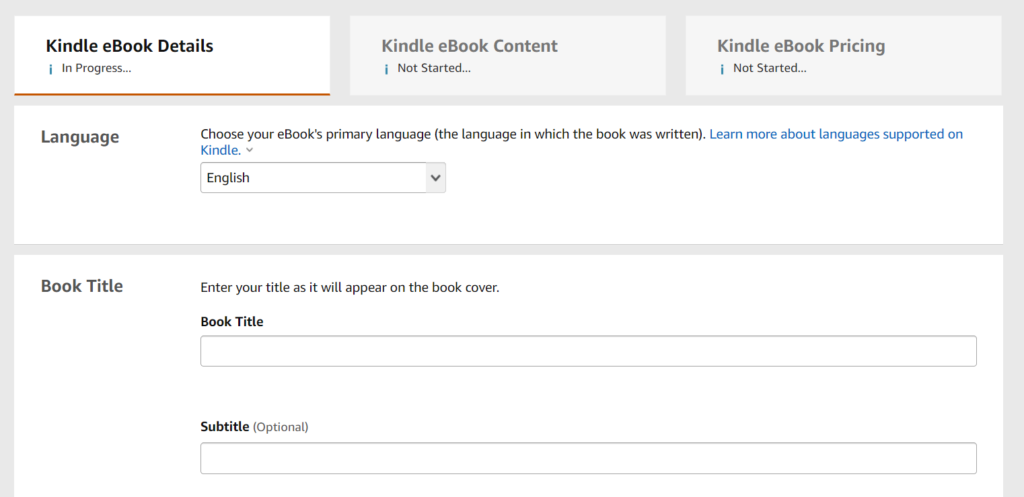
To ensure that you do not feel lost when you actually open a KDP account, here is a list of sections that you would find on these tabs.
Kindle e-book details tab — Language, Book title and subtitle, Series, Edition number, Author, Contributors, Description, Publishing rights, Keywords, Categories, Age and Grade range, Pre-order.
Kindle e-book content — Manuscript rights, Manuscript upload, e-book cover upload, e-book ISBN.
Kindle e-book pricing — KDP Select enrollment, Territories, Royalty & Pricing, Book lending
And some details about some of the most important sections.
Title and subtitle help in reaching the right audience
Writing the book subtitle is optional but I suggest using a descriptive subtitle; if possible, with a few keywords. Do not stuff them but the reader should understand what your book is about.
The name of my book is 24 Hours Are Enough, which tells anyone what the book is about (Disclaimer: It was my hubby who came up with the final one. My working title was too boring to deserve even a mention!!). But it is the subtitle – a step-by-step guide to time management for working people – that tells who the book is actually for and what you can expect from the book.
Using a generic title and subtitle to cast a wide net so that more and more people buy your book, whether it is relevant for them or not, is a negative marketing tactics; it won’t work for long because readers today are much smarter than that.
Keywords that the readers search for
In the keywords section you can add up to 7 keywords or key phrases using which the readers can find your book. Description is another place where you should think of using keywords cleverly, but never stuff the description for better SEO. The easiest way to find key phrases ideas is to select Kindle Prime in the Amazon search box and start typing in the primary keyword you have in mind. I show this in the image here.
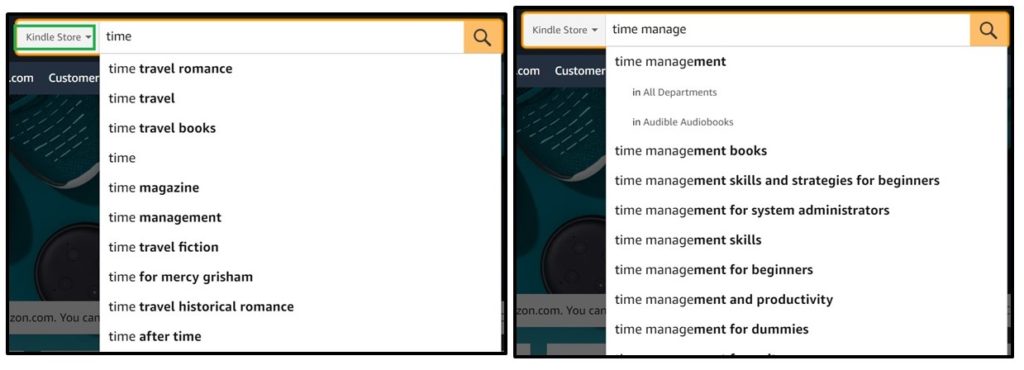
To judge how good the keyword or key phrase is, select them from the drop-down list and browse the ranking of books that show up. You can find a detailed guide on using the right Kindle keywords here. It’s a pretty old article (2015) but still relevant. Or, if you prefer things straight from the horse’s mouth, here is the link from Amazon KDP.
Choose the book categories carefully
There are two categories (that’s what Amazon India offers) you can add for your book, so there is no need to use those categories as the keywords; that would be sheer wastage of precious real estate. Amazon sometimes automatically adds the book to more categories if the book is performing well, as you can see from this screenshot for my book.

Amazon book categories are like sections in a book shop or library, to help browsers directly visit the type of book they are looking for. Categories allow your book to show up in the right section of Amazon; it helps the potential buyers in coming across your book while browsing.
When you put your book in the appropriate category, you will be able to reach the right target segment. If you feel that your book is not performing as well as it should, consider changing categories and testing what works.
The best part about self-publishing is that you can change the category or keywords or description anytime that you feel like. Of course, the change might take some time in propagating and you must have patience till then.
Pre-order date
I haven’t used this because I prefer to have the manuscript complete before I commit to a date. But you can set a pre-order date for whenever you like; readers can pre-order a book up to a year in advance. When you release the book, it will automatically appear in their Kindle library.
Book cover is the most important
It is often said, “don’t judge a book by its cover.” It might be true when we are talking of people and situations, but when we talk of books themselves, good book covers are essential. And their thumbnails. Those should be good too. Even if just for catching the eyes of potential buyers browsing through the Amazon bookstore.
A good book cover is an excellent marketing tool; take your time in choosing the right one for your book. Basically, a book cover must have the book title, subtitle and author name in a font and size that is easily readable. For all other tips, read this excellent article by Jane Friedman.
Amazon has many free templates for book cover and you can design it then and there. I designed the book cover of my first book using the templates. However, for my book on time management, I designed using Canva and I had more options. To tell you the truth I am design challenged. Colours, fonts, backgrounds and their synergistic outcomes are way beyond me. I took the help of my daughter both the times and she was very happy with Canva because she had more options.
When she started designing the book, I had the free version of Canva and she did a fairly good job of it but then I realized that I would anyways need Canva more and more for creating marketing visuals and I took a subscription. I can tell you that it is the best 1000 rupees I spend on my business every month. Because I can create stunning visuals quickly without having to think much.
A few details about the cover design:
- Amazon allows jpeg or tiff format
- The ideal ratio for the book cover is 1.6:1
- Amazon suggests 2560 x 1600 pixels as the book cover dimension suggested by Amazon
- Keep a minimum resolution of 300 dpi
Whatever the path you choose for your book cover, preview the book before moving ahead.
Pricing strategy
Pricing is almost always the trickiest part of setting up a new book on Amazon, more so for new authors. As an author you must consider your objective in publishing the book.
Do you want to reach maximum audience and establish your credibility?
Or, you want to earn out the book?
Only you can decide what you want out of your book. But a word of caution here. Unless you are already an expert in your field and have a huge audience, it is almost impossible to earn from your first book. Or for that matter second or third book. It takes time and patience to build an audience large enough to earn through books.
Considering these pointers, the first thing is to decide whether you want to be a part of KDP Select or not. If I had to say just one thing about KDP Select, it’s this. If you choose to enrol your book there, you cannot sell it anywhere else for the next 90 days. The program renews automatically, so you have to remember to unenroll yourself if you want. For understanding the pros and cons, and decide what to go for, read this excellent article.
Second, you must decide on the royalty you want. Amazon offers two royalty plans — 35% and 70%. Choose any plan, enter a price and see how much royalty you get. Try a few price points to see what suits you best.
Also, if you choose to make the book available on other Amazon marketplaces, you will need to select a price for each of them Amazon makes it easier by suggesting the prices based on the price you set for the .com marketplace.
Preparing for launch
The first thing you must have to prepare for the launch is a 3D mockup of your book cover. I use this free tool here and it has been adequate till now. Choose the mockup design carefully; some of them might require you to upload the spine of the book. Usually for Kindle Books you just need the front cover, so it does not make sense to pay for or spend time in designing spine or back cover. Many mockup designs that can be made just with the front cover; don’t get disheartened when you realize you cannot really use some of the stunning designs because you don’t have the spine.
The first time I created the mockups, it was for my second book How To Live Happily Ever After. Its cover had been designed professionally, so I had both the spine and the back cover and I had a gala time creating the mockups. The next time I had just the front cover and it was only then I realised I could not create mockups showing the spine. I was dismayed initially; there is something reassuring about book spines.
May be because we have grown up reading book titles first on spines — be it a bookstore or a library — and then holding them in our hands.
But I got over it quickly because there was work to be done.
Trust me, it is more important to show the front cover with the book title and your name on it clearly.
However, that does not mean that you do away with the back cover completely. The last page of your eBook must have what you would normally put on your back cover — head shot pic, bio, links to social media, credentials and links to other books.
Social media page headers
Once you have the mockups, it’s time to create Coming Soon visuals. You must have Coming Soon social media headers on all your social media accounts at least a month before your actual launch date. It helps in generating buzz around the book launch.
Are you thinking you don’t have enough followers to see the headers and create the buzz?
Well, you are not alone; even I used to think the same.
But that was the past.
This is my advice to you right now — even if you do not have a ton of followers, you should do this.
The follower count is what you see but your profile or post is seen by thousands more about whom you don’t even know. Each platform has a different criterion for showing you the number of visitors or viewers for your post or profile. But let me assure you that many more people actually see it.
For instance, if you have posted a video on LinkedIn, the viewer count is incremented only after someone watches your video for 6 seconds. But even if they have not watched your video for 6 seconds, they have seen your details and definitely your header. So, go ahead and announce to the world that you will be launching a book. I did it for Facebook, both personal and author pages, LinkedIn and Twitter.
After you have the headers in place, create some posts for the social media talking about the book and post them at least once a week, till the launch day. You need to be clever here and provide value through your posts so that it is not blatant marketing.
For example, pick up a topic from the book, create a post answering some FAQ around it and add a PS about your upcoming launch.
Marketing on the Launch day
A list of stuff you should have at hand:
- Social media headers
- Social media stories/fleets, etc. visuals
- Social media post visuals – minimum 3 for each handle
- Social media post with hashtags – minimum 3 for each handle
- Link to your amazon author page – saved in a Google doc or any cloud text editor you use
- Links to book page – saved in the same Google doc
The first thing you need is the “Launched,” “Released,” “Available Now” or whatever you want to say, headers for all the social media pages. I put up all of them at 9 am sharp on the day of launch. I received a congratulatory message, while I was halfway through (facepalm) because for Facebook I was also posting the link to the Amazon book page in the description. Just so people find it easier to go there.
The social media posts for the Launch day should include the marketing visual using book mockups, the actual text and the hashtags. These hashtags are different for each platform so it makes sense to prepare them in advance. The hashtags should be a combination of publishing, writing and book topic hashtags popular on that platform.
The day of the launch
I set the date of 2nd October for the launch, without considering that it would be a holiday. I am not able to get much done on holidays because the kids are around. The moment I realized this, rather than shifting the date, I prepared them for giving me the space. Both the kids as well as other members of the family knew that I was launching the book that day and hence I needed the whole day to myself.
The national holiday turned out to be a boon as people were free and more active on social media, and hence could be reached out easily.
The book was already available on Amazon page and so all I needed to do was point the people to it.
I started with changing the headers for all the social media profiles. This I did at 9 a.m.
At 10 a.m. sharp, I went in for the first series of posts designed for the social media, announcing the launch of the book.
After putting in the posts on Facebook, LinkedIn, Twitter and Instagram, I turned to WhatsApp. WhatsApp is a more personal medium and I wanted to utilize it to the max. I also designed a giveaway where the first 10 reviews would get a signed copy of my book How to Live Happily Ever After.
Besides my own FB pages, I also posted on many Facebook groups of which I am a member. Here are some links to get you started:
The same set of people are usually in most of the groups, so copy pasting the same stuff in all the groups sounds and looks gross. I had some 7 different versions of the same with minor changes like background image or font or messaging and used them for different groups. Of course, there will be still be some overlap but it’s better. Also, I tried to post on those groups at different times to reach different people.
I had not planned for WhatsApp marketing. I tried to create WhatsApp image quickly on Canva from the existing visuals. However, it bombed because images didn’t come out the right size. I got a brainwave and I tried the Facebook posts directly. and Viola! they worked like a charm. When you try to create WhatsApp posts on Canva, the size of the image is such that the receiver needs to tap on it to see the complete message. I wanted to have the full image visible without having to download. Using Facebook posts achieved exactly that; people could see the complete visual without having to tap on it.
Do you think I went to unnecessary pains? That a WhatsApp post would have been equally fine?
Well, you are not exactly right.
The idea should be to get the message to the readers with minimum number of steps.
Now I routinely use the Facebook images for WhatApp marketing.
I shared the book launch information to a broadcast group I had created for my earlier book, all the groups I am a member of and through personal messages. I also updated my WhatsApp status with visuals as well as links to the book page.
There is one thing I could have done but I was not confident enough to do. Use a bitly link to the pages so that you know how many people clicked on it. Right now I can only keep wondering how many clicks got me to top 100!! I am a data nerd and I am not going to miss on this opportunity the next time. I guess it was my insecurity getting better of my logic, because I felt there would hardly be any clicks on those.
Around noon the second set of social media posts went up, and in the evening the third set of posts. As it was Gandhi Jayanti, I created a few posts for IG and FB around Gandhiji as well.
Keep calm on the big day
It is very important to be mentally prepared for the Launch day. Whatever the scale of the launch, you are bound to get tired, overwhelmed, bored, irritated and tensed simultaneously. Follow your morning routine of exercise and self-care as you would for any regular day. It is important to start the day on the right note. The most common feeling on any book launch day is of panic and overwhelm. Panic over what will happen and overwhelm because you have to do so many things.
The first thing you must do is to free yourself of all other commitments, personal as well as professional. This will ensure there are no other pressing issues to deal with. You can anyways do nothing about emergencies; so no use panicking over something that might not happen at all.
The urge to keep checking the Amazon rankings can panic or overwhelm you further. You must try to curb it. Remember that rankings are refreshed only after every couple of hours; checking them incessantly every few minutes does not accomplish anything except stressing you out.
In my case, I had happily forgotten about the rankings till 4:00 in the afternoon because I was too busy responding to the messages. But I am sure it will not be the next time, now that I know that is one more thing to be done on the Launch day!!
In conclusion
My self-publishing journey has been very interesting till now, with its fair share of both heart ache and headache. I have tried to share it with you so that you can lessen your headache a bit. If it helps ease even one or two things for you, my work will have been done.
But my journey of self-publishing lessons is far from over. I am already exploring how to make print copies available with KDP. So, keep an eye out for my next instalment of self-publishing gyaan, accumulated first-hand. Happy publishing till then. If you have any queries about writing or publishing a book, drop them in comments and I promise to answer.

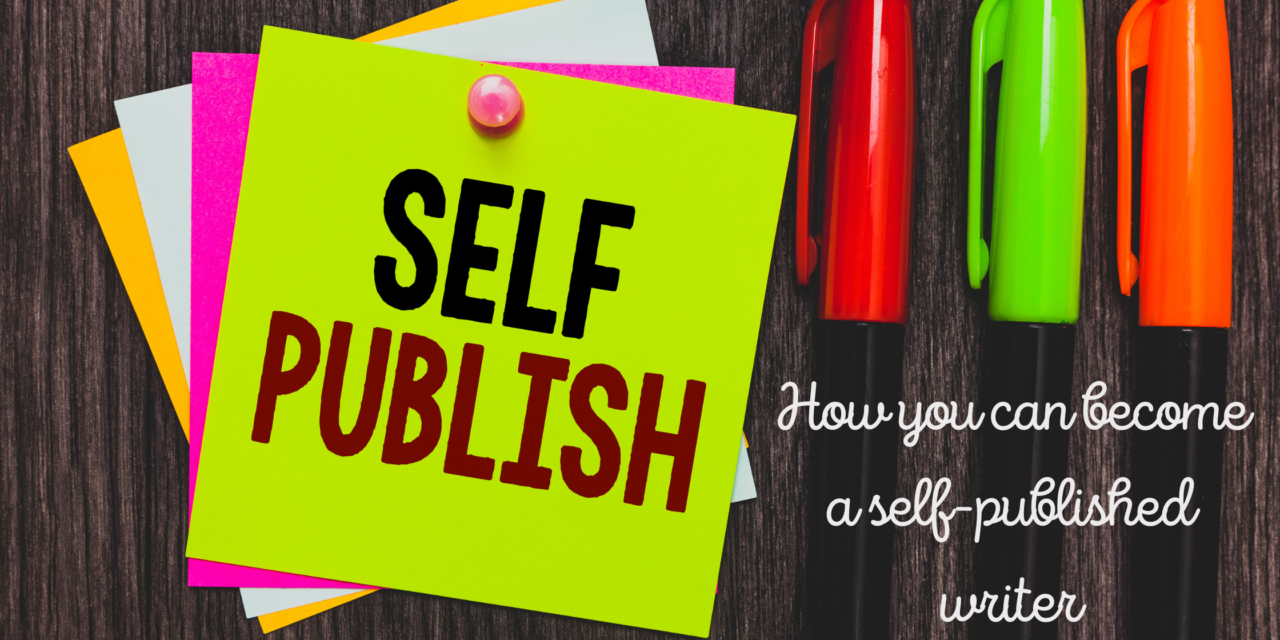

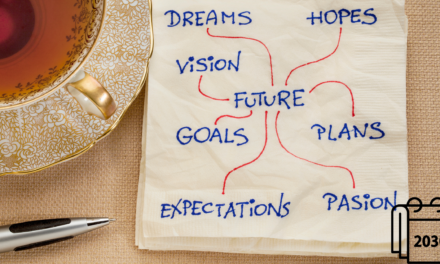
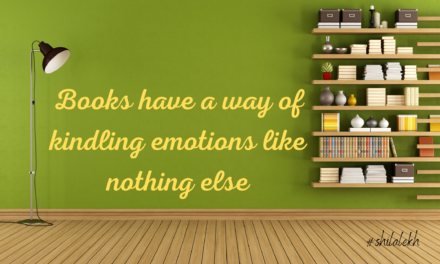





Trackbacks/Pingbacks